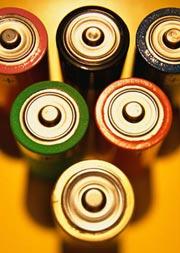 From Popular Mechanics:What were the speed-shifting, color-morphing UFOs that mystified hundreds of eyewitnesses around Stephenville, Texas, last January? Optical Illusions? Secret Military Operations? Alien Spaceships? PM spent months investigating UFO conspiracy theories, looking for straightforward explanations. A special report.
From Popular Mechanics:What were the speed-shifting, color-morphing UFOs that mystified hundreds of eyewitnesses around Stephenville, Texas, last January? Optical Illusions? Secret Military Operations? Alien Spaceships? PM spent months investigating UFO conspiracy theories, looking for straightforward explanations. A special report."It was the most beautiful sunset I'd ever seen," says Steve Allen, who has seen 50 years of sunsets in central Texas. “That’s what I first thought.”
It was Jan. 8, 2008, and the trucking entrepreneur was sitting around a fire outside the Selden, Texas, home of Mike Odom, his friend since first grade. Then he saw the lights—orbs that glowed at first, then began to flash. “There was no regular pattern to the flashing,” he says. “They lined up horizontally, seven of them, then changed into an arch. They lined up vertically, and I saw two rectangles of bright flame.That’s when I knew it was a life-changing experience.” He watched the lights drift north toward Stephenville, the seat of Erath County. “They came back a few minutes later,” Allen says, “this time followed by two jets—F-16s, I think.” Allen, who owns and flies a Cessna, has seen plenty of military planes over the years. “The jets looked like they were chasing the lights, and the lights seemed to be toying with them. It was like a 100-hp car trying to keep up with a 1000-hp one.”
Read more ....
 From Live Science:
From Live Science:

















